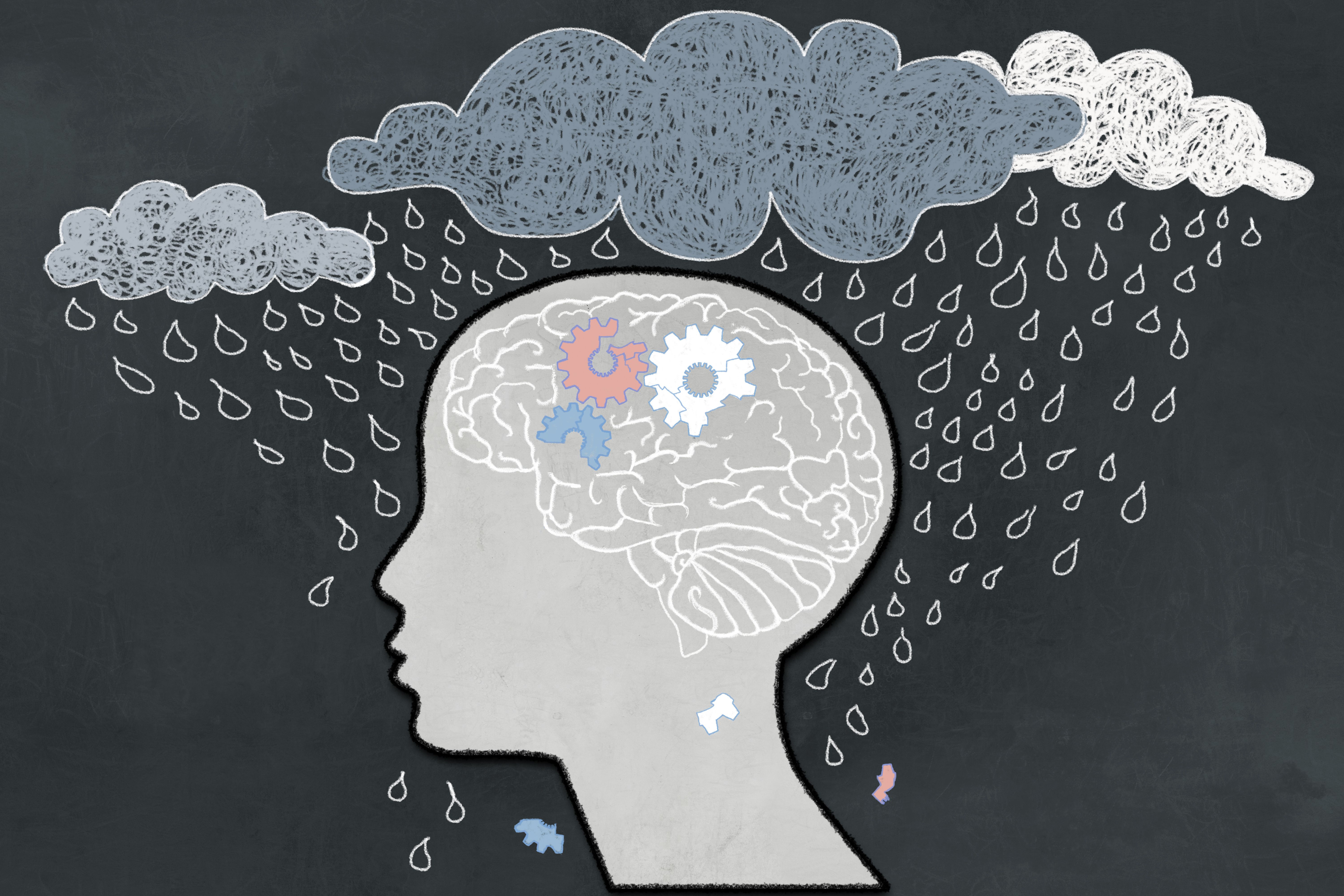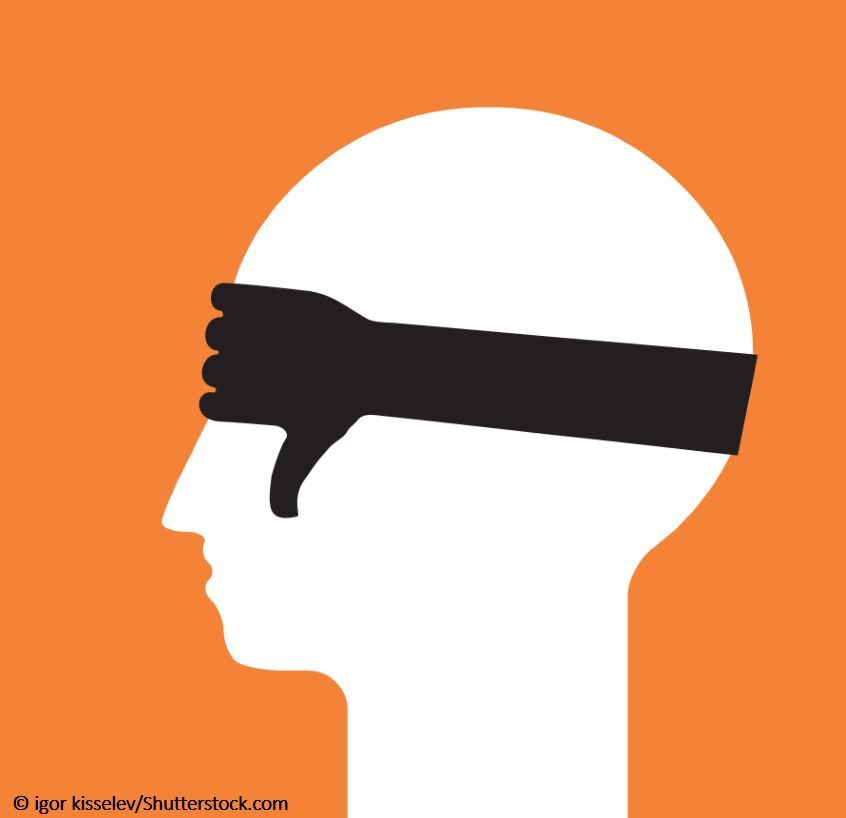Publication
Article
Psychiatric Times
What You Need to Know About DSM-5 and ICD-10-CM
Author(s):
The good news? Compared with our non-psychiatric colleagues, we psychiatrists are in very good shape when it comes to switching over to ICD-10-CM.
(Hint: There are no DSM codes)
Since 1979, all clinicians-psychiatrists and non-psychiatrists-who practice in the US have had to submit valid ICD-9-CM diagnostic codes with their billing submissions in order to meet government- and insurer-imposed coding requirements. Starting October 1, 2015, we will have to switch from ICD-9-CM to a new coding system, ICD-10-CM.
The reason for this switchover is straightforward: ICD-9-CM was simply running out of codes. ICD-9-CM is a 5-digit numerical coding system that contains approximately 13,000 codes. ICD-10-CM is an alpha-numeric system that contains approximately 68,000 codes: each code starts with a letter followed by anywhere from 2 to 7 numbers. Moreover, these additional available codes allow the clinician to be much more specific when communicating information about the patient’s diagnostic condition. For example, there is a single ICD-9-CM code for diabetes mellitus complicating pregnancy or childbirth: 648.01. In ICD-10-CM, there are 21 corresponding ICD-10-CM codes that require you to indicate whether the diabetes is type 1 or type 2; whether it developed during the first, second, or third trimester or during childbirth; or whether it predated the pregnancy.
[[{"type":"media","view_mode":"media_crop","fid":"40276","attributes":{"alt":"DSM-5 and ICD-10-CM","class":"media-image media-image-right","id":"media_crop_8315134067382","media_crop_h":"0","media_crop_image_style":"-1","media_crop_instance":"4100","media_crop_rotate":"0","media_crop_scale_h":"162","media_crop_scale_w":"175","media_crop_w":"0","media_crop_x":"0","media_crop_y":"0","style":"float: right;","title":" ","typeof":"foaf:Image"}}]]This is the first time that many clinicians have had to deal with such a radical overhaul of the diagnostic coding system.
For most clinicians, the ICD-9-CM to ICD-10-CM transition requires extensive retraining of themselves and their staff so that they can take advantage of the increased specificity and maximize appropriate reimbursement. The transition has also required a massive reprogramming of billing and other data collection systems to accommodate the new code set. For this reason, over the years there has been pushback from both the clinical and administrative communities to delay implementation of ICD-10-CM. In fact, its implementation has already been delayed twice. It was originally scheduled for implementation on October 1, 2013, but postponed to 2014. Then, last year-under pressure from the AMA, a provision was added to the annual 1-year “fix” of the Sustainable Growth rate formula for Medicare physician reimbursement. This delayed implementation yet again, this time until October 1, 2015.
But no further delays are likely to happen, and you and your colleagues must now bite the bullet and accept that-in a matter of a few weeks-you will be required to submit bills using ICD-10-CM codes.
The good news? Compared with our non-psychiatric colleagues, psychiatrists are in very good shape when it comes to switching over to ICD-10-CM.
When DSM-5 was published in May 2013, in anticipation of the impending ICD-9-CM to ICD-10-CM switchover, both ICD-9-CM and ICD-10-CM codes were assigned to each of the DSM-5 diagnoses. For example, as can be seen on page 190 of DSM-5, the diagnostic codes for Separation Anxiety Disorder “309.21 (F93.0)” are listed in the upper right hand corner of the criteria set. In this case, 309.21 is the ICD-9-CM code for Separation Anxiety Disorder, and F93.0 is the ICD-10-CM code. Starting October 1, all you need do to become ICD-10-CM–compliant is to start using F93.0 instead of 309.21 when submitting payment for a case of Separation Anxiety Disorder.
Because the diagnostic codes sometimes reflect the use of applicable specifiers, for some disorders the coding is less straightforward. For example, on page 338 of DSM-5, the criteria set for Anorexia Nervosa does not list any diagnostic codes in the upper right hand corner. This is because the diagnostic code depends on which subtype applies. As is seen on page 339, the ICD-10-CM code is F50.01 for the restricting type (no binge eating or purging episodes during the past 3 months) and F50.02 for the binge eating–purging type (recurrent episodes of binge eating or purging).
The reason that both ICD-9-CM and ICD-10-CM codes are included in DSM-5 is that it came out during the time when clinicians were still required to use ICD-9-CM codes. Presumably, future printings of DSM-5 will excise the ICD-9-CM codes and will include only the ICD-10-CM codes.
Part of the reason for the impending anxiety among some psychiatrists about what they need to do to become ICD-10-CM–compliant stems from the mistaken notion that they will be required to use ICD-10-CM instead of the “DSM codes” included in DSM-5. There are, in fact, no “DSM codes” in the DSMs. Since DSM-III, diagnostic codes appearing in DSM have all been valid ICD-9-CM codes.
Let me take a short historical detour here to explain yet another major source of confusion about the ICD coding system. Since 1948, the International Classification of Diseases (ICD) has been produced by the World Health Organization (WHO) to promote uniform collection of health statistics around the world. All countries that are members of the WHO are obligated by treaty to use ICD codes for collecting data about medical diagnoses. The current version of the ICD coding system used internationally since 1992 is ICD-10, ie, the 10th revision of the ICD. Work is now under way by the WHO to produce the next revision, ICD-11, which is expected to be approved by the World Health Assembly in May 2018.
Back in the 1970s, the US government decided that the ICD system was not specific enough for clinical use and developed its own version of the ICD for use in the US. It is called ICD-CM (the CM stands for “Clinical Modification”). The version of the ICD currently used in the US is ICD-9-CM, which became “official” in 1979. So while the rest of the world has been using ICD-10 for reporting health care statistics since the 1990s, the US continues to use the ICD-9-CM system, which is based on the older ICD-9 classification. The US is finally ready to catch up to the rest of the world and implement ICD-10-CM, which as the “CM” designation indicates, is a modified version of ICD-10 for use in the US.
ICD-10-CM was actually ready for use in the US by the mid-1990s, but its implementation was delayed for 20+ years because of opposition from various groups on the grounds that implementation would be costly and not worth it.
What about “differences” between the mental disorders section of ICD-10-CM and DSM-5? Besides the substance use disorder codes (for which there are 3 times as many codes in ICD-10-CM as there are substance use disorders in DSM-5), there are hardly any more diagnostic codes in the mental disorders section of ICD-10-CM as there are in DSM-5. In fact, if you look closely at the mental disorders section of the ICD-10-CM (available on the Web site of the National Center for Health Statistics), you will see that the ICD-10-CM mental disorder section looks essentially the same as DSM-IV-TR in terms of categories and names of disorders. This is not an accident-the APA had a big hand in the development of the ICD-10-CM content and we made a strong effort to get it as close to DSM-IV as possible, since we were expecting the ICD-10-CM to go into effect in the late 1990s, well before any work started on DSM-5.
By the way, the reason for the proliferation of substance use disorder codes is that the ICD-10-CM coding system requires the clinician to combine substance use disorder diagnoses (eg, substance dependence) with substance-induced diagnoses (eg, substance-induced depressive disorder): if you want to make a diagnosis of a substance-induced disorder, you must also indicate the comorbid substance use disorder. For example, when choosing the diagnostic code for a patient with cocaine-induced depression, you must indicate the comorbid pattern of cocaine use as follows: F14.14 for cocaine-induced depressive disorder occurring in the context of mild cocaine use disorder; F14.24 for cocaine-induced depressive disorder occurring in the context of moderate to severe cocaine use disorder; and F14.94 for cocaine-induced depressive disorder occurring without a comorbid cocaine use disorder (see DSM-5, page 176).
So . . . you don’t need to lose sleep over the coming transition. If you already have a copy of DSM-5, you have all of the codes you need for successful ICD-10-CM implementation.
If you have questions about the coming transition to ICD-10-CM, please post them in the comment box.





